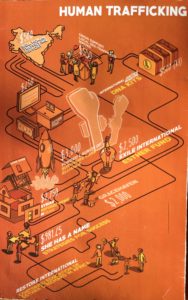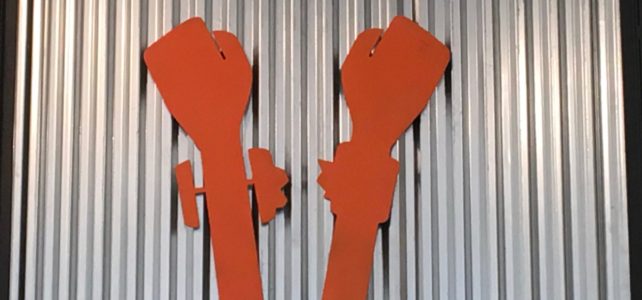Today, February 8, is the International Day of Prayer and Awareness Against Human Trafficking. Begun in 2015 by Pope Francis, it reminds us of the scourge that affects millions of people worldwide. What is it? U.S. law defines human trafficking as the use of force, fraud, or coercion to compel a person into commercial sex acts or labor or services against his or her will. The one exception involves minors and commercial sex. Inducing a minor into commercial sex is considered human trafficking regardless of the presence of force, fraud or coercion.
The Numbers
According to the United Nations Office on Drugs and Crime’s Global Report on Trafficking in Persons – 2018 on January 7, 2019, the number of reported victims has steadily increased over the past four years.
Here are some numbers from the 2017 report from the International Labor Organization (ILO) and Walk Free Foundation:
- An estimated 24.9 million victims are trapped in modern-day slavery. Of these, 16 million (64%) were exploited for labor, 4.8 million (19%) were sexually exploited, and 4.1 million (17%) were exploited in state-imposed forced labor.
- 71% of trafficking victims around the world are women and girls and 29% are men and boys.
- 15.4 million victims (75%) are aged 18 or older, with the number of children under the age of 18 estimated at 5.5 million (25%).
- Human trafficking does not always involve travel to the destination of exploitation: 2.2 million (14%) of victims of forced labor moved either internally or internationally, while 3.5 million (74%) of victims of sexual exploitation were living outside their country of residence.
Big Business
Human Trafficking is a $150 billion a year enterprise. The 2014 IOL report breaks down the profits like this:
- $ 99 billion from commercial sexual exploitation
- $43 billion in forced labor
- $8 billion saved annually by private households employing domestic workers under conditions of forced labor
What you can do

PHOTO: Mary van Balen
Stopping Human Trafficking will take combined action of individuals and organizations. Raising awareness of the problem is one. Another is to learn how to identify signs of human trafficking and if you suspect it, contact the Human Trafficking Hotline or local law enforcement. Let your Senators and Representatives know you are concerned about it.
Support local efforts. For example, I had coffee and did some work at a local, non-profit coffee house, The Roosevelt Coffeehouse, that is committed to social justice. One of the three causes that receive their profits is ending human trafficking. (see image).
The U.S. Department of State has a list of 15 things ordinary people can do to make a difference.

Speak Your Mind